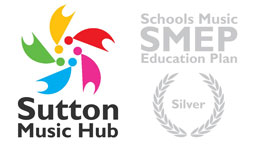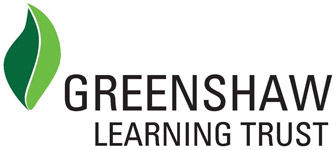English

At Tweeddale, we teach English in line with the statutory requirement of the National Curriculum. This begins in Early Years and Key Stage 1, where children are taught the basics of reading and writing. Reading at this stage is taught predominantly through phonics, as children are taught the names and sounds of letters and how to blend them together. They are given reading books from a carefully designed scheme, which should be taken home and read as often as possible, to ensure the best possible progress. Writing in KS1 begins with accurate letter formation, moving on to words and sentences. By the end of KS1 (Year 2), children should be able to write short - and sometimes not so short - pieces of text independently, and read short chapter books in the scheme. They are also taught the basic terminology of English grammar and should know how to spell a set list of high-frequency words. The reading schemes we use for Key Stage 1 are Big Cat Phonice for letters and sounds and Oxford Reading Tree- Songbirds.
Most children will enter Key Stage 2 (Years 3-6) still reading books from a reading scheme, but they will become increasingly long and complex, with a view towards independently reading chapter books of their choice as soon as they are ready. Children's writing in KS2 will become longer and more complex, as they are taught how to identify and use a wider range of punctuation and sentence types. The focus in writing is very much on its audience and purpose - ensuring children learn how to write a range of fiction, non-fiction and poetry. There are two lists of expected spelling words, one for Years 3-4 and another for Years 5-6.
Children are assessed in phonics in Year 1. There are internal assessments in reading and grammar in Year 2, while reading and grammar is assessed in Year 6 in the form of the statutory Key Stage 2 tests, commonly known as SATs. Writing in Year 6 remains teacher-assessed.
Photo by jessica-ruscello-OQSCtabGkSY-unsplash









